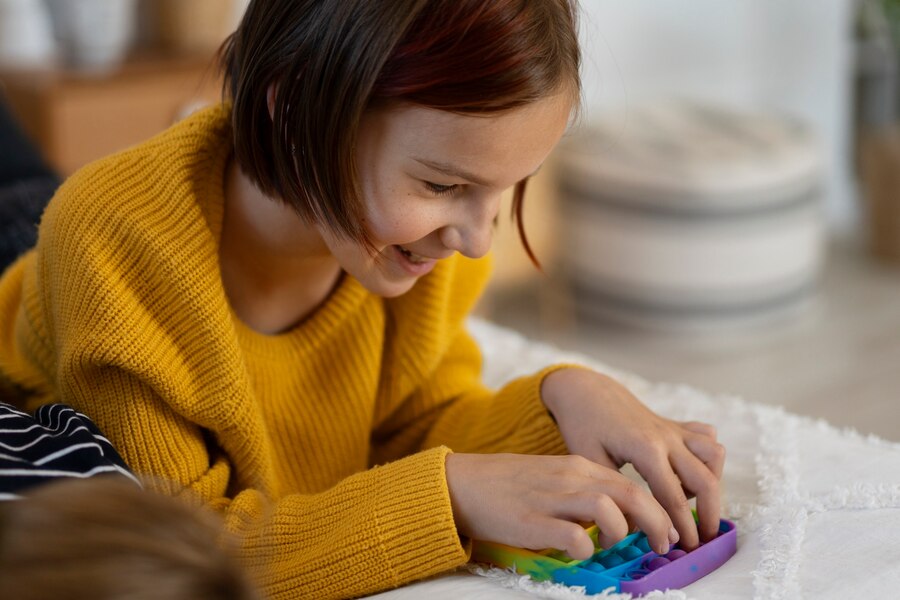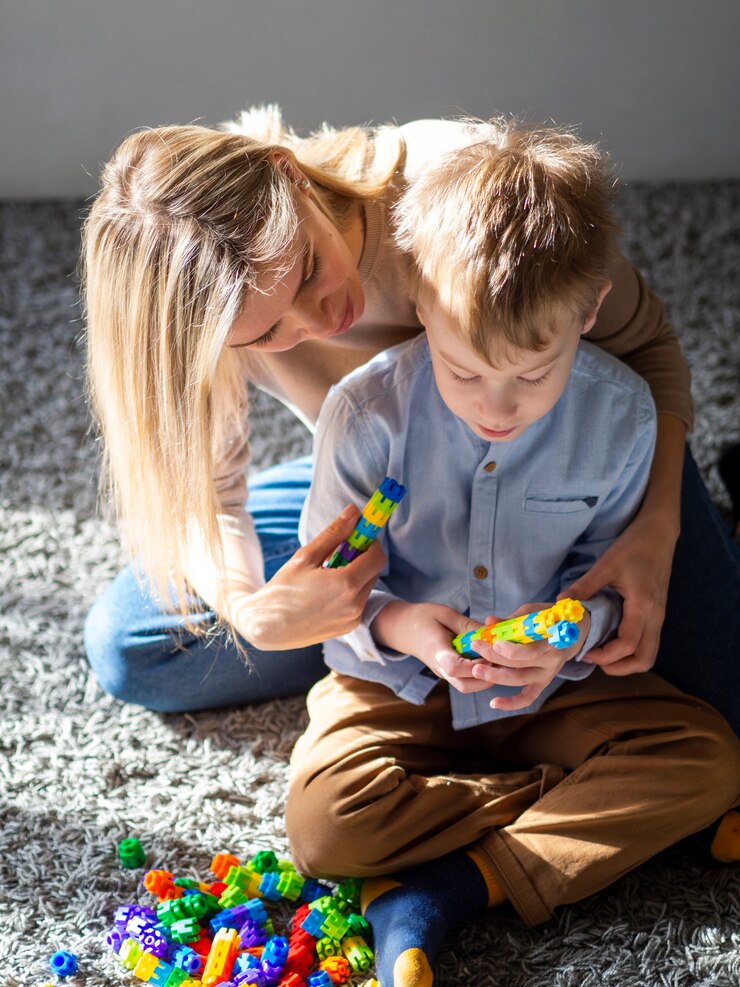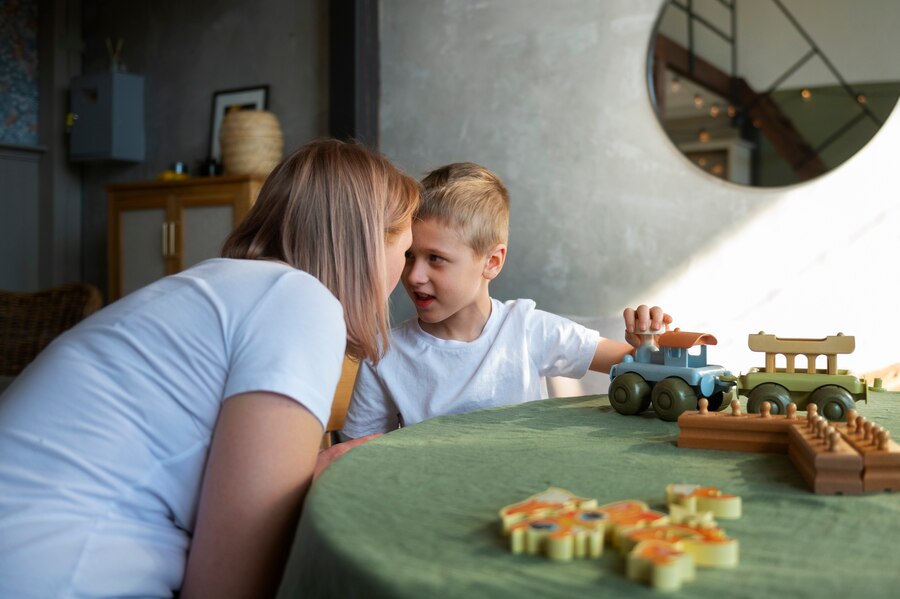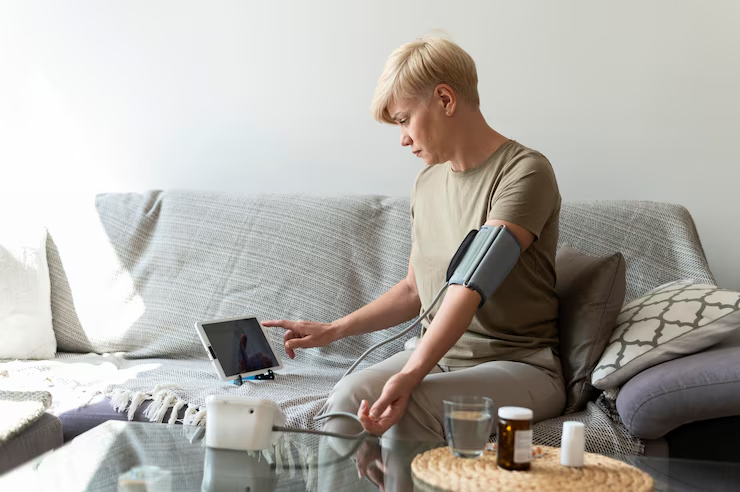Table of contents
As the conversation around alternative therapies grows, many parents are turning their attention to cannabidiol (CBD) as a potential supplement for managing symptoms associated with Autism Spectrum Disorder (ASD). While traditional treatments like behavioral therapy, occupational therapy, and medications remain critical, CBD has emerged as a possible support option due to its calming and balancing effects on the body’s endocannabinoid system.
When exploring CBD for Children with Autism, there are many important considerations to take into account—from safety and dosage to legal concerns and effectiveness. In this blog post, we’ll guide you through what parents need to know when considering CBD as part of their child’s autism care plan.
What is CBD?
CBD is a naturally occurring compound derived from the cannabis plant. Unlike THC (tetrahydrocannabinol), it does not cause any psychoactive effects or a “high.” Instead, CBD interacts with the endocannabinoid system (ECS), which plays a role in regulating mood, sleep, appetite, pain perception, and immune response.
Some research and many anecdotal reports suggest that CBD may help ease symptoms like anxiety, aggression, self-injury, irritability, and insomnia—common challenges faced by children with ASD.
Why Parents Are Considering CBD for Children with Autism

- Managing Anxiety and Aggression: Many children with autism experience high levels of anxiety, which can lead to frustration, meltdowns, or even aggression. CBD has shown promise as a calming agent.
- Improved Sleep: Sleep disturbances are common in children with ASD. Some parents have reported more restful nights after introducing CBD into their child’s routine.
- Enhanced Focus and Communication: Though research is still developing, some anecdotal stories suggest improvements in attention span and verbal communication.
- Reducing Reliance on Pharmaceuticals: CBD is seen by some families as a more natural alternative to antipsychotics or mood stabilizers, which can come with significant side effects.
Key Considerations Before Using CBD for Children with Autism

1. Consult a Healthcare Provider
Before starting any supplement, especially with children, it’s essential to consult your child’s pediatrician or a specialist familiar with both autism and cannabinoid treatments. CBD can interact with other medications, so professional guidance is crucial.
2. Choose High-Quality, Lab-Tested Products
Purity and dosage accuracy are especially important when administering CBD to children. Look for:
- Third-party lab testing
- Full transparency on ingredients
- Organic, non-GMO hemp sources
- THC-free (or very low THC, below 0.3%) formulations
3. Start Low and Go Slow
Begin with a very low dose and monitor your child’s response. Many parents find success by slowly increasing the dose over time while keeping a detailed journal of behavior, sleep patterns, and any side effects.
4. Understand the Legal Landscape
While CBD derived from hemp (with less than 0.3% THC) is legal at the federal level in the U.S., individual state laws may vary. Always verify the legal status in your region before purchasing or using CBD for your child.
5. Track Results and Adjust Accordingly
Children may respond differently to CBD. Tracking progress with the help of professionals—through behavioral journals or medical appointments—can help determine if the supplement is providing any benefit.
Scientific Research on CBD and Autism
Although research is in the early stages, some studies show promising outcomes:
- A 2019 Israeli study followed 188 children with autism who were given CBD-rich cannabis oil. Over 80% reported moderate to significant improvements in communication, behavior, and anxiety.
- A 2021 review published in Frontiers in Psychiatry emphasized the need for further controlled studies but acknowledged CBD’s potential in helping manage autism-related symptoms.
While the results are encouraging, more long-term, placebo-controlled clinical trials are needed to fully understand the benefits and risks.
Real-World Testimonials from Parents
Many parents who’ve tried CBD for Children with Autism share similar feedback:
- “He’s less anxious in crowds.”
- “Her meltdowns have reduced dramatically.”
- “We finally sleep through the night.”
- “CBD doesn’t replace therapy, but it makes therapy more effective.”
While every child is unique, such accounts highlight CBD’s potential as a complementary support tool.
FAQs About CBD for Children with Autism
Generally, CBD is considered safe, especially when used under medical supervision. Side effects are usually mild, including drowsiness or upset stomach.
Yes, CBD can interact with medications that are metabolized by the liver. Always consult a healthcare provider before use.
CBD oil (tinctures) is the most popular for children due to its dosing flexibility. THC-free or broad-spectrum CBD is often recommended.
Some children show results in days, while others may take weeks. Patience and consistent use are key.
No. CBD is non-psychoactive and does not cause a high. Always ensure the product is THC-free or contains less than 0.3% THC.
Final Thoughts
Choosing CBD for Children with Autism is a deeply personal decision that should be made with the support of healthcare professionals. While CBD is not a cure for autism, it may offer meaningful support in managing specific symptoms like anxiety, sleep disturbances, and aggression.
With the right approach—emphasizing safety, quality, and medical oversight—CBD could become a valuable part of a holistic care plan for children on the autism spectrum.





